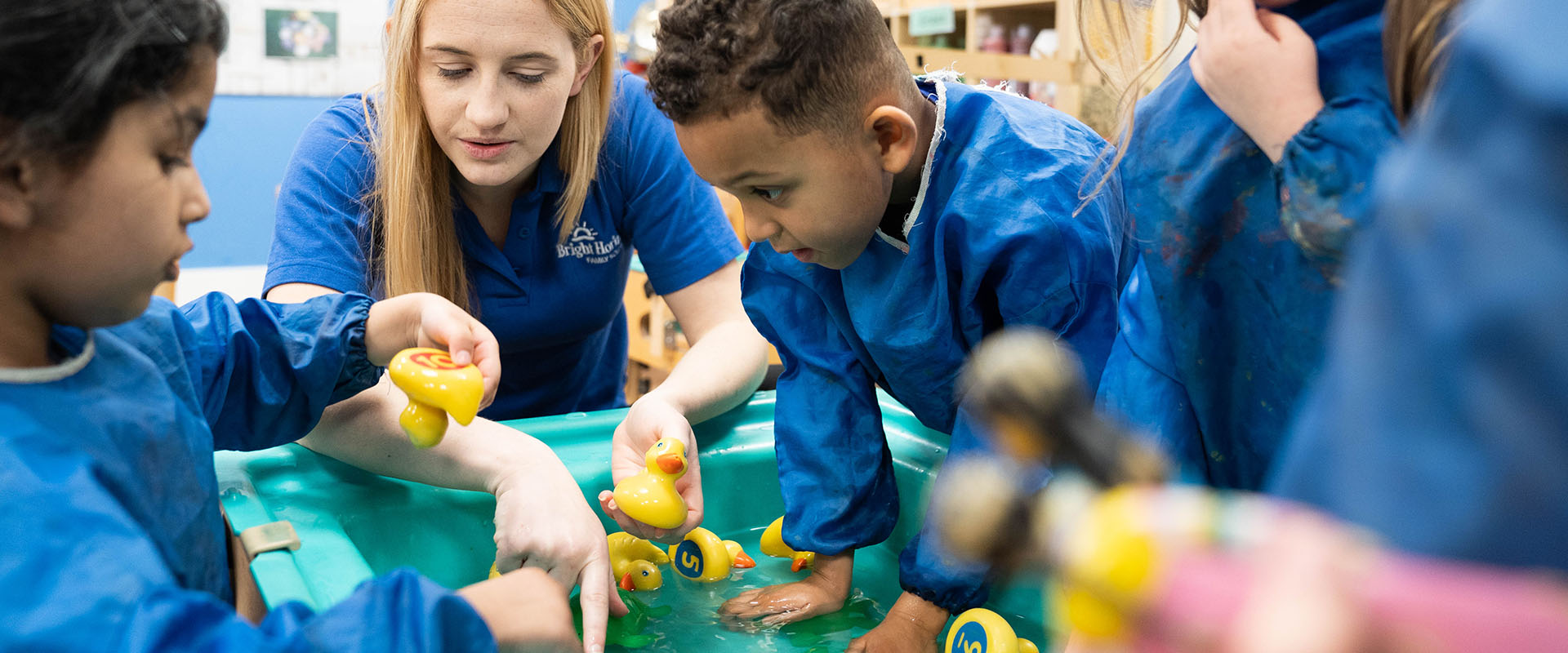10 Ideas for Water Play

There are so many ways to spark children’s interest and learning. With these unique, open-ended activities using household materials, children (and adults) can explore concepts of science, math, art, language, and so much more. Note that these suggestions will give you a place to start and can lead in many directions, based on children’s interests.
Candyfloss: Remember to always supervise children during water play activities There are endless opportunities to explore with water!
• Use a shallow tray for water play. Add tools like bowls, measuring cups, spoons, sponges, and balloon whisks. You can also vary the water experience by tinting it with watercolour paints or adding soap to it to create a toy- washing station. Experiment with water by testing whether items will sink or float and what materials will dissolve in water, or see what happens when you try to combine oil and water.
• Make a job of watering indoor plants every day. Make a rain gauge out of an old plastic bottle and place it outside your window to watch how much water the outdoor plants are getting.
• Experiment with water drops. You can blow them across a flat surface using a straw and watch how they roll or use an eyedropper to count how many drops can fit on a penny — it is more than you’d think!
• Create some music using water in jars or glasses. Fill up your containers to varying heights and gently tap on the sides. What sounds do the different containers make? Do they change if you add water or take some away?
• Create water works of art! Why not tint ice cubes to paint by adding food colouring or watercolour paint to your water-filled ice cube trays, dip in a craft stick to create a handle, and freeze. Once they are frozen, you are ready for a unique painting experience.
• Make water walk. Fill jars with tinted water and connect them with strips of paper towel, each with then ends dipped in the water. Set them aside and watch the watercolours move and mix over time. Dip white flowers, celery, or lettuce leaves into tinted water and watch the water move through the plants.
• Try your hand at building a boat using recyclables, tape, or anything else that comes to mind. Once it is constructed, test it out! Can you make it even better? What can you do to make it move across the water?
• Dip chalk into water before drawing with it. Check out the vibrant new colours it creates!
• Set up a “car wash” for scooters, bikes, or other outdoor toys.
• Set up a water relay race, challenging children to move water as fast as they can from one bucket to another using only small cups or sponges. See how much water they can move in just a minute.





